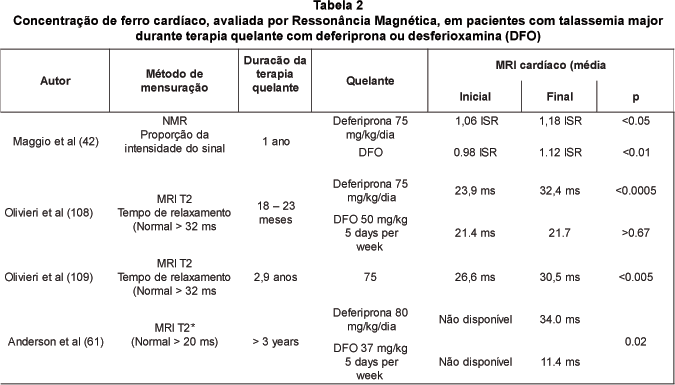Despite the introduction of the parenteral iron chelator desferrioxamine more than 30 years ago, 50% of patients with thalassemia major die before the age of 35 years, predominantly due to iron-induced heart failure. Although desferrioxamine can reduce or stabilize the iron load, many patients still do not receive adequate chelation mainly due to its cumbersome mode of administration which impairs the compliance with the regime of repeatedly subcutaneous infusions. For these patients, the orally active iron chelator deferiprone is an attractive alternative to control the overloaded iron. It has been estimated that more than six thousands patients have already been treated with deferiprone, with some of them taking the chelator for 10 years or more. The deferiprone-induced iron excretion is directly related to the dose of deferiprone and the patient's iron load. In most of transfusion-dependent patients, a dose of 75 mg/kg/day is sufficient to offset the transfusional iron-load. Recently, it has been demonstrated that desferrioxamine and deferiprone exhibit different chelating capabilities for the removal of iron from the various body iron pools and that the use of both chelators promote an additive or synergistic iron excretion with rapid reduction in the body iron load. It now is possible to consider tailor-made chelation regimens based on individual patient needs.
Deferiprone; desferrioxamine; thalassemia; iron chelation



